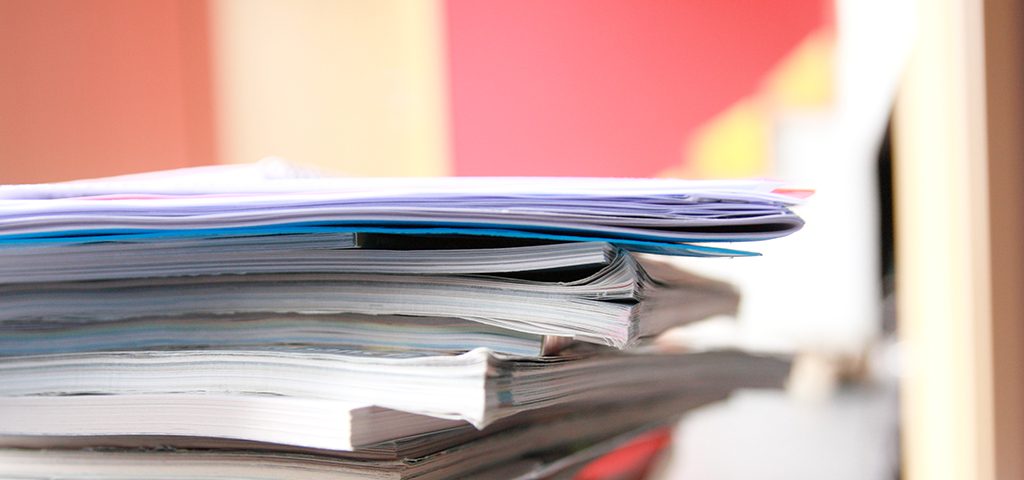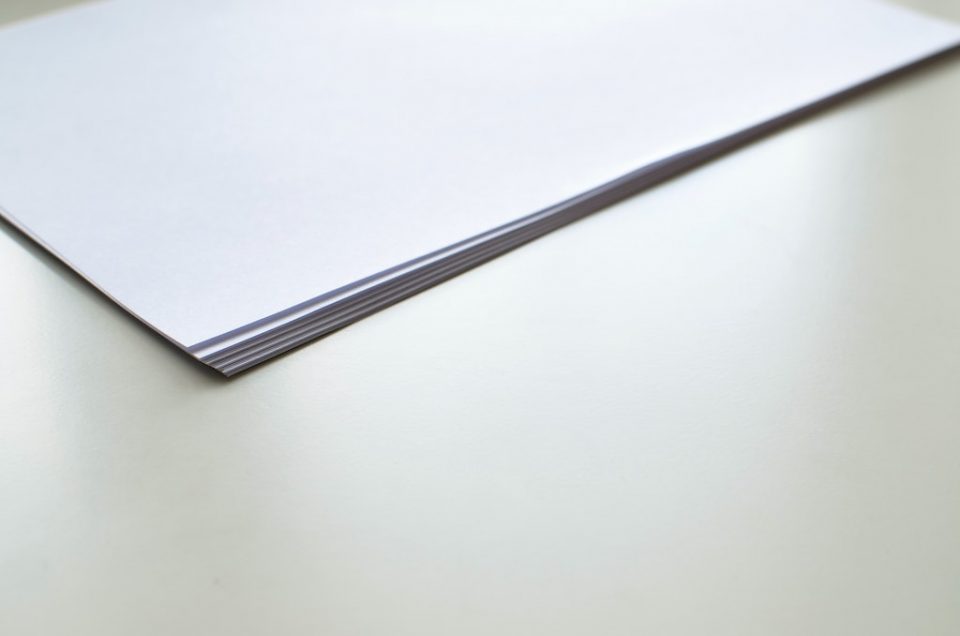The Business Optimizer team are great believers in the maxim “tidy desk, tidy mind”.
Let’s face it: disorganization in any office can cause conflict and poor performance. But in a legal office it risks much more: misplaced files, missed deadlines, potential conflicts, poor productivity, your reputation ruined…
What’s more, if you do work in a lawyer’s office you’re often dealing with a much greater number of paper files than the average office environment – which means keeping a tidy desk is even more important. So ditch the tiresome disorganized environment and boost your productivity with our five best tips to achieve a tidy office.
Step #1: Declutter
The first thing to do is to clear out the clutter. If you can set aside a day to blitz the clutter and kick the new organized office off to a flying start, then you could tackle the whole office at one time.
However, if decluttering the entire office at once is just too daunting, consider decluttering one area at a time (go desk by desk or roomy by room…)
You might find multiple copies of the same files so clear out as you go. If you are particularly disorganised, as you declutter you’ll find duplicates of duplicates. File the copies you need, and destroy and throw out the duplicates.
Step #2: Sort and Purge
A top tip for decluttering is to sort and purge as you go. Create three piles: “Keep it”, “Store it”, “Destroy it”.
Archive what you can and keep in your office only the files that you are working on at the moment or that you use on a regular basis.
Step #3: Organize
After sorting the items, the next step is the most complex one: putting in place the processes to stop the clutter mounting up again.
Tonya Pierce at Agile Law recommends creating a standard set of procedures for the office; basically “a set of rules that everyone follows” to create “consistency and clarity throughout the entire office”.
For Tonya, the typical standard procedures that might apply in all lawyers’ offices are documented procedures for:
o Opening new client files
o Ordering office supplies
o Closing, archiving and destroying client files
o Accepting payments
o Scheduling new client consultations
o Scheduling appointments for existing clients
o Preparing trial notebooks
o Daily filing
For each of these procedures, create and agree them, document them, communicate them clearly to all staff, adhere to them and enforce them.
Step #4 – Develop a filing system
There are as many different ways to file as there are offices and, to some extent, your rules for filing are less important than finding a filing system that works for you.
Tonya recommends creating a system that helps everyone to know where to look for a specific document within a file.
Of course in a lawyer’s office, it is essential to put the confidentiality of your client’s information at the heart of any system. Set a security plan with locked cabinets, and make sure this extends to your computer files, passwords and clearance levels.
Alice Shields, on the Leagalease Blog, also recommends eletronic files have clear conventions for naming files and documents.
Another organising technique that is an effective way to visually distinguish different types of information or cases is color coding. We have looked at this in the past here on the Business Optimizer blog; find out more about “How to run a better business in color”.
Step #5: Use Technology
Use technology to make decluttering and organization easier. Best of breed software applications for billing, case file management, file sharing, and project management can all help to streamline processes and create greater organization in the office.
If the thought of decluttering and organizing fills you with dread, try to imagine how much easier you work – and life – would be without its current chaos. Start small on “quick wins” so you can see the payback and be incentivised to carry on tidying.
Our infographic can help, packed with tips on how to get started and stay organized.






